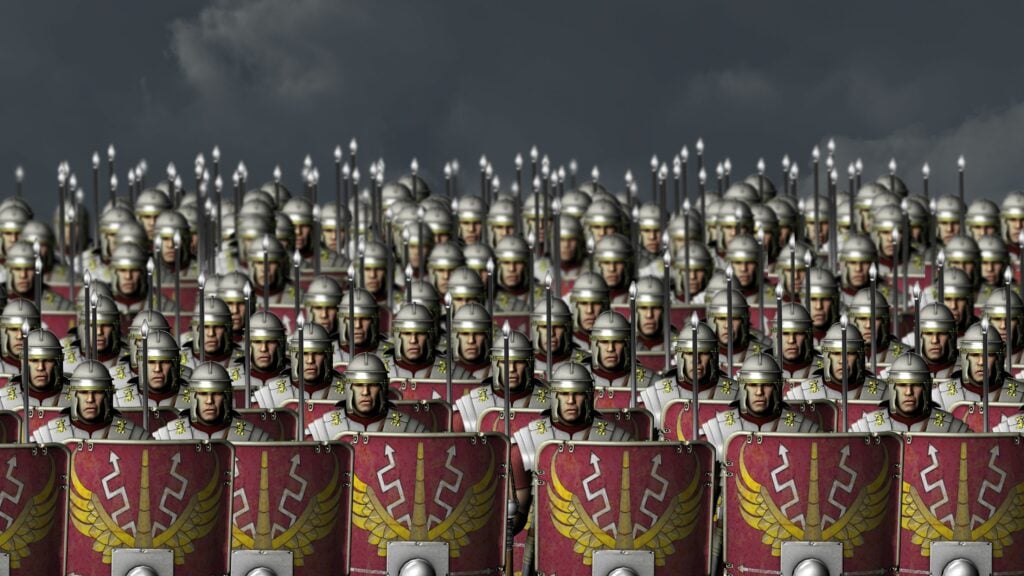Due to the fact that these units were used in different parts of the world, we have different units for the same physical quantity. Each country had its way of expressing these physical quantities, which confused. But do you know how the mile was discovered?
Ancient Roman armies marching one thousand paces defined the mile distance or “mille passus.” The nautical mile is proportional to the size of the earth.
The Starting Mile
The mile originated in Roman times and was inspired by Roman soldiers who had to march long distances. To help cover distances at a fast and steady military pace, Roman soldiers took five-foot-long strides known as paces, if you lined them up one after the other. Counting 1000 of these solder’s paces was a significant distance. Because 1000 is the Latin word for mille, this landmark distance became known as mille passum, which translates to one thousand strides or paces. Mille passum became the mile over time. (Source: Grand Forks)
The Changing Mile
Although 5000 feet was once considered one mile, in Tudor, England, in 1593, a Parliamentary Act was passed to change this measurement to 5280 feet. This change was because measurements other than feet were also used to count miles, which confused when they were introduced into the equation. The “furlong,” which was the length of a plowed furrow on one acre of farmland, was one such measurement.
A mile was said to be eight furlongs long. The issue was that 8 furlongs measured approximately 5280 feet, which did not correspond to the “5000-foot” definition of a mile. Although the original 5000-foot definition of a mile was older, the 8-furlong definition ultimately won because it was the more commonly used measurement, having been in the field since the 9th century. To this day, one mile equals eight furlongs, though the only people who know about furlongs are horse racing fans and historians. (Source: Grand Forks)
The Confusion and Resistance on Miles and Kilometers
The relationship between kilometers and miles is straightforward. One kilometer equals 0.62 miles. One mile is 1760 yards or 1,609.344 meters. Few people know the long history that led to the creation of kilometers and miles as we know them today.
A mile is now the official unit of length in many countries worldwide, including the United States. However, as time passed, more and more countries adopted the more widely used metric system. There is considerable pressure to make the metric system universal, but countries such as the United States have vehemently opposed this.
Because of the confusion surrounding measuring distance, it was difficult for travelers to maintain measuring accuracy. It wasn’t until 1959 that the current unified length was agreed upon and established as what we now call the International Mile. The international mile is divided into international feet, which are 0.3048 meters. Miles were previously measured in feet, as defined by English-speaking countries.
Most countries now use the metric system and kilometers to measure long distances. On the other hand, the United Kingdom and the United States insist on keeping the miles on the signs on all of their highways.
Kilometers and miles have a long and often forgotten history together. While we appreciate modern units of measurement, it is worthwhile to look back and remember how they came to be what they are today. (Source: Grand Forks)
Image from Thoughtco
